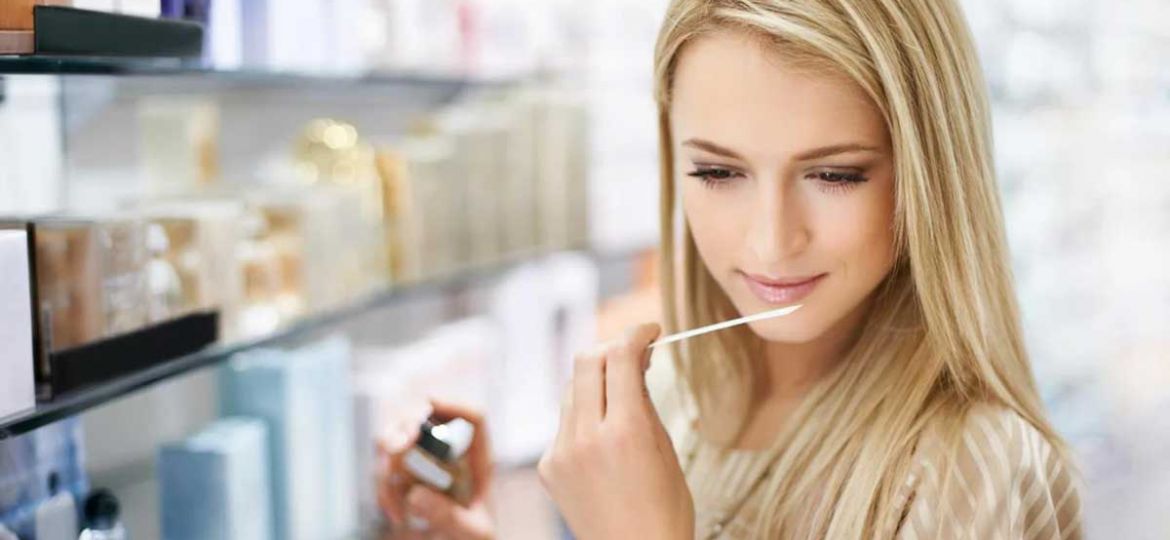
People are becoming more familiar with the term, Multiple Chemical Sensitivity but many don’t understand what it really is or realize that we are all at risk of developing it. In essence, MCS is the body’s natural, allergic reaction following exposure to a variety of chemicals and toxins. This exposure can be from inhalation, ingestion and/or the topical application of chemicals commonly found in the products we use every day.
MCS can develop slowly over time as chemicals accumulate in your body, or develop suddenly from a single harsh exposure to chemicals like new carpeting in your home, a freshly painted wall or the use of pesticides in your yard. Toxic chemicals are also ingested in the form of food colors, preservatives and various food additives. Chemicals, (especially petroleum based ingredients) present in personal care products like shampoo, conditioner, soaps, facial creams, sunscreens and cosmetics, are absorbed into the skin which carries them into the blood stream.
The more than 48 million men, women, and children with Multiple Chemical Sensitivity experience allergy-like symptoms ranging from minor annoyances to life-threatening reactions. MCS can manifest as skin rashes, burning eyes, nausea, light headedness, headaches, sleeping problems, and digestive system disorders. The long-term effects include neurological problems and peripheral nerve damage, diabetes, arthritis, vascular disorders, including life threatening blood clotting; nutritional deficiencies, asthma, and sometimes even cancer.
Let’s explore fragrance as just one common Chemical Sensitivity trigger:
- Fragrances enter the body through inhalation, the mouth by ingestion and the skin by absorption.
- There are more than 5,000 different fragrances in the products we use on a daily basis, yet only about 1,300 of them have been tested for safety. Those tests did not include respiratory, neurological, or systemic effects.
- “Fragrance” on a product label is considered a trade secret, meaning the manufacturer is not required to identify the chemical makeup of the fragrance.
- Six hundred or more chemical ingredients may be used to create a single fragrance.
- Approximately 95% of the chemicals used in fragrances today are synthetic compounds derived from petroleum, including known toxins capable of causing cancer, birth defects, central nervous system disorders and allergic reactions.
- The vast majority of the chemicals in fragrances consist of volatile organic compounds that are known to be respiratory irritants.
- Inhaling fragrances can cause circulatory changes and electrical activity in the brain, triggering migraine headaches, the inability to concentrate, dizziness and fatigue.
- A recent Environmental Working Group study found two synthetic musks in the cord blood of newborn babies. These musks have been associated with toxicity to the endocrine system.
- A pregnant woman’s use of some fragrances may expose her growing fetus to diethyl phthalate (DEP), a common perfume solvent linked to abnormal development of reproductive organs in baby boys and sperm damage in adult men.
- Children may be more susceptible to the effects of fragrances because of their smaller size, their higher respiratory rate, and their thinner skin.
Fragrances have been used throughout history so why are people only recently suffering from their ill affects? Until the 20th century, perfumes were made from natural ingredients derived directly from spices, flowers, plants, herbs and animals. The Egyptian’s were the first to use scents of cinnamon and honey with which to anoint their bodies. The use of fragrance played a huge role in daily Egyptian life, from burying the dead to personal hygiene, making fragrance a valuable commodity more precious than gold.
During the 1900’s, advancements in chemical technology along with a rapidly growing population and a rising demand for perfumes and fragrance, led manufacturers to turn to inexpensive synthetic ingredients in lieu of natural plant and flower extracts that were far more costly and time consuming. In 1989, the National Institute of Occupational Safety and Health recognized 884 poisonous substances (chemicals) used in the fragrance industry. Yet, to this day, when you see the word fragrance on a product label, the chemicals used to create it are considered a “trade secret”. What you don’t know will hurt you!
When you use perfume, body lotion or soap made with synthetic fragrances, you are exposing yourself and others to powerful, harmful chemicals. The fragrances you wear may not adversely affect you, but they may cause those around you instant reactions including headaches, migraines, runny nose and eyes, breathing difficulty and sinus problems. Even people who aren’t particularly chemically sensitive report discomfort when exposed to perfumes. As a result, many businesses across the United States and Canada, at the request of their employees, are voluntarily creating fragrance-free policies.
The PureChem personal care products are 100% free of synthetic fragrance! In fact, you can feel confident in knowing that we don’t use a single chemical of any kind in our product line. Like during the times of the ancient Egyptians, we utilize a hint of quickly dissipating and very refreshing mint from certified organic extracts in our Wild Mint Hair Care System and our Spearment Bodywash to stimulate your senses and add valuable herbal components. Our Bio-identical Progesterone Creams, Skin Care Products and Joint Health Creams have absolutely no fragrance at all.
To learn more about Multiple Chemical Sensitivity and effective ways to lower your risk and exposure to toxic chemicals, please read our Wellness Education article, “Multiple Chemical Sensitivity “.
Organic Excellence features a line of 100% chemical, fragrance and gluten free personal care products with the added benefits of certified organic herbs.
Medical Disclaimer: This information is not intended to be a substitute for the advice, diagnosis or treatment of a medical professional. If you suspect the possibility of any physical or psychological disorder, please seek expert medical care
